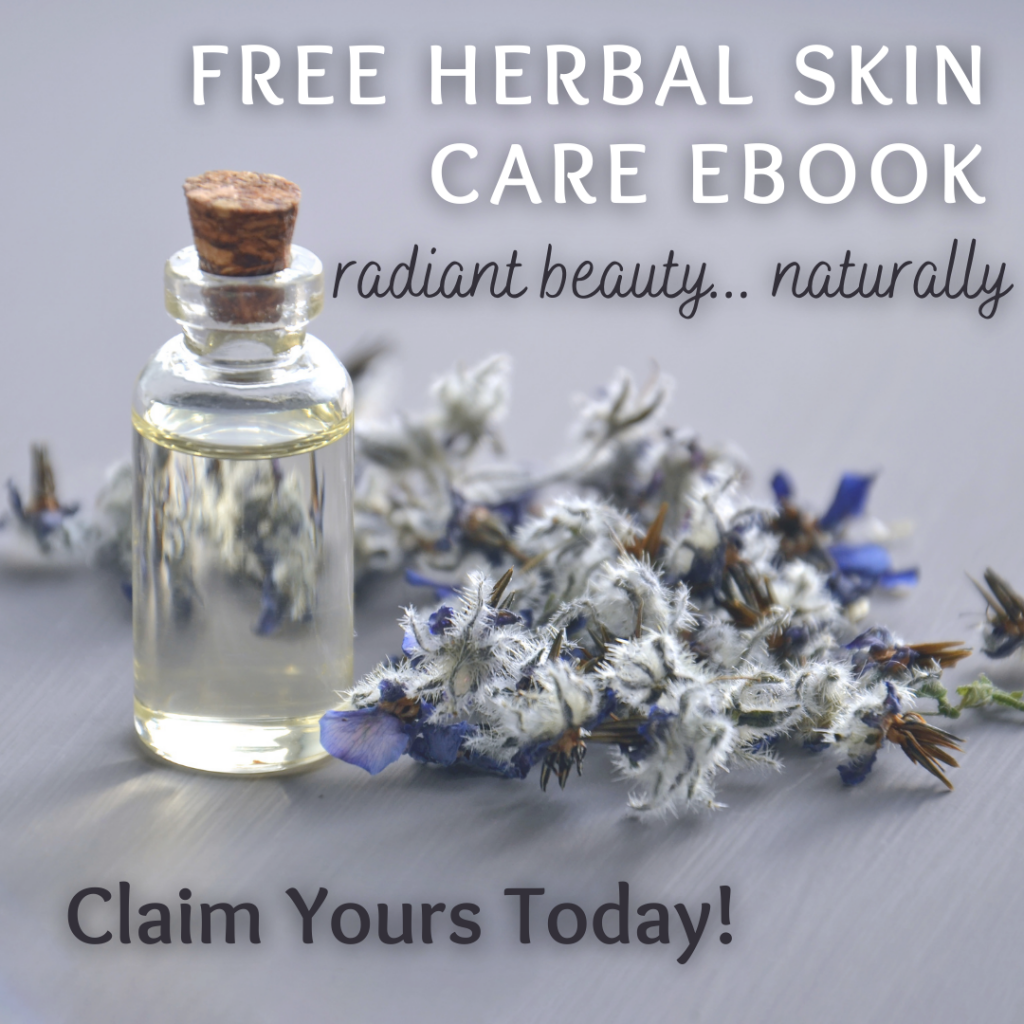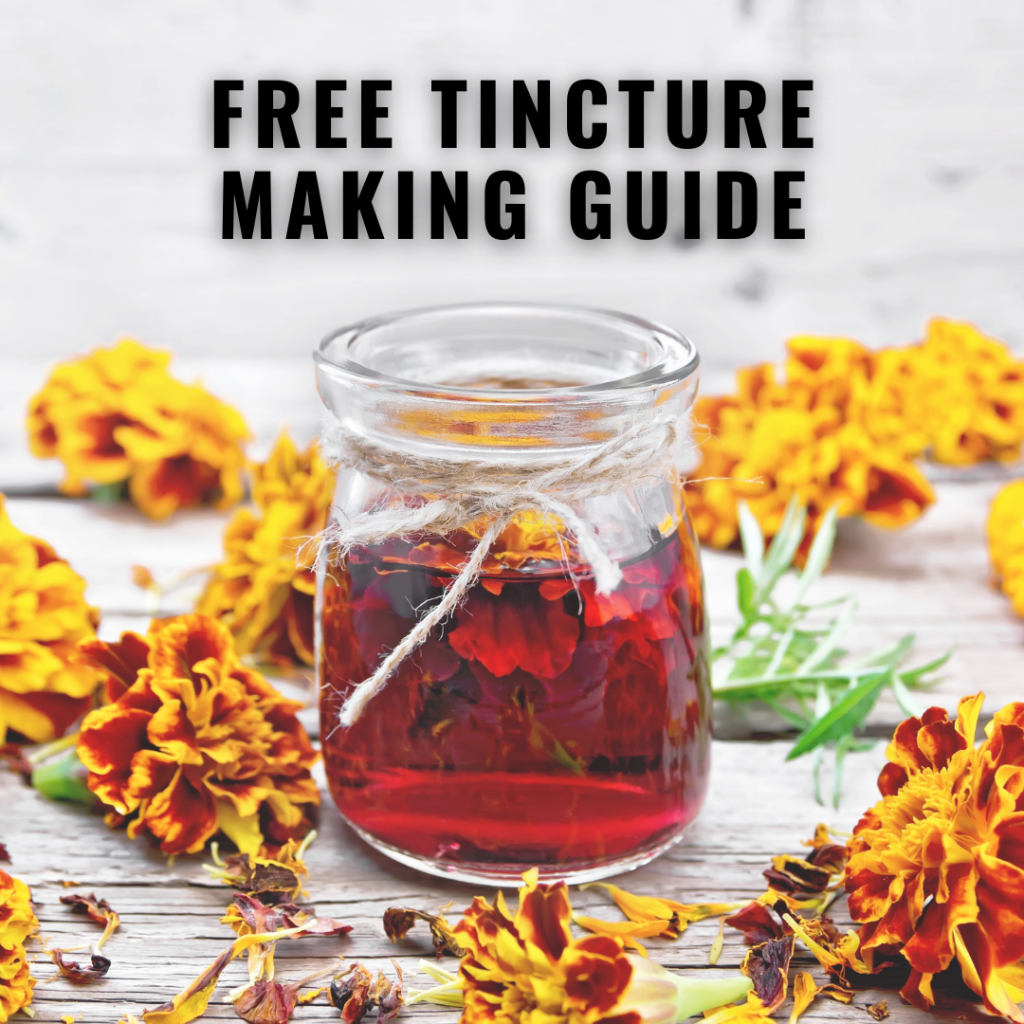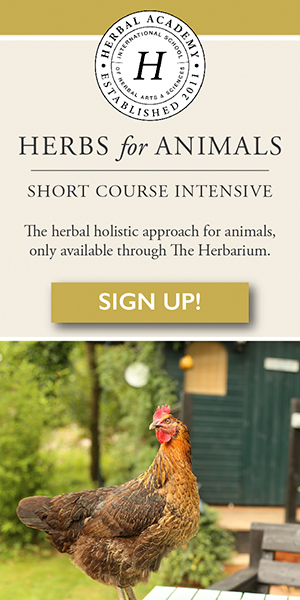HERBALISTS SAY THE DARNDEST THINGS
Enter a room full of herbal practitioners and after a few moments it may feel like they are speaking gibberish. It will seem that herbalists speak a language all their own and in many ways that’s true. Just as a doctor has a plethora of terms they must be familiar with, so does an herbalist. For an herbal practitioner, the following list of terms is second nature. For those whose interest is more causal, the terminology may seem overwhelming. I assure you, knowing every one of these terms in great detail isn’t necessary. So why read them at all? Having a general knowledge of herbal language will allow you to understand future posts in more depth and introduce new uses of herbs that you weren’t previously aware of. It’s also nice to have a reference in case you come across a term you aren’t familiar with.
Many of the following terms are used in most herbal traditions. Some terms were coined by my teacher and are therefore rarer in their use. This list is by no means complete, but it will serve as good backbone for future herbal endeavours.
Adaptogen:
These are herbs that support the body’s response to stress of all kinds. Many of these herbs are gentle and tonic and are used to help decrease stress and improve the overall functioning of the entire body. Their action is primarily through the endocrine and nervous systems, however their effects can be felt on almost all systems of the body.
It should be noted, that the methods in which these herbs are administered differ greatly between herbal systems. For example, a traditional Western Herbalist would use adaptogens on relatively healthy people whose treatments are nearing completion, which differs greatly from the method used in Traditional Chinese Medicine. Neither method is wrong, they are simply different.
Analgesics:
These herbs help to reduce pain or sensitivity to pain. Their effects range from mild (causing numbness) to strong (inducing loss of consciousness). The term anesthetic falls into this category. If used systemically (internally) they will result in loss of consciousness, but if used locally (on the surface), they will produce numbness.
ANTI-INFLAMMATORY
As the name implies, these herbs help to reduce inflammation. They do this by either eliminating the source of the inflammation or interfering with the inflammatory process itself. Most herbs have anti-inflammatory properties to some degree. The following are sub-categories of anti-inflammatories.
Antiallergenic:
Useful in reducing allergy symptoms. They are used to alleviate acute discomfort due to allergies and are often palliative in nature.
Antihepatotoxic:
Herbs that help to protect liver cells from toxicity caused damage.
Antioxidant:
Herbs that help to protect cells and tissues from the damage caused by oxidative substances (in most cases toxins). They reduce inflammation in the area and help to repair the affected tissues.
Antirheumatic:
Reduces the inflammation that is associated with rheumatic conditions. Most of these herbs also have detoxifying properties.
Neural anti-inflammatory:
Anti-inflammatory herbs that are of particular benefit to neural tissues.
ANTIMICROBIAL:
These are herbs that either kill or discourage the growth of unfriendly microorganisms in the body. They are divided into sub-categories based on which type of organism they affect.
Anthelmintic:
Antimicrobial herbs that affect worms specifically, by either killing or dispelling them. Also known as vermifuges.
Antibacterial:
Antimicrobial herbs that affect bacteria specifically.
Antifungal:
Antimicrobial herbs that affect fungi specifically.
Antiparasitics:
Antimicrobial herbs that affect parasites specifically.
Antiseptic:
The term used when an antimicrobial agent is applied locally to an infected area.
Antiviral:
Antimicrobial herbs that affect viruses specifically.
Antineoplastic:
These herbs help to discourage the growth and/or directly kill cancer cells. At times they can also increase the immune system’s ability to fight cancer cells.
Anticarcinogenic:
These herbs help to prevent the development of cancer cells.
Antimutagenic:
These are anticarcinogenic herbs that particularly prevent the genetic mutation of cells.
Antispasmodic:
Herbs that help to reduce spasms, cramping and tension. Their action can be general or on specific areas of the body such as mucus membranes, smooth muscle, or skeletal muscles.
Antithrombotic:
Reduction of the development of blood clots.
Aperient:
A gentle laxative effect. See cholagogue.
Aromatic:
Herbs with a pleasant, fragrant scent and a relatively pungent taste.
Astringents:
Effects of these herbs can be felt directly on the tissues they come in contact with. They cause the contraction of skin, blood vessels, and other tissues. This will help to stop any discharge of blood or mucus, as well as prevent toxins from penetrating the tissues therefore facilitating the healing and reduction of inflammation for that tissue.
Anticatarrhal:
A sub-category of astringent. Action is specifically on mucus membranes and are used most often to treat conditions characterized by runny noses.
Hemostatic:
A sub-category of astringent. These herbs help to reduce or stop bleeding. When used locally they are called styptics.
Cardiac:
Herbs that have a direct action on the heart. More specifically they help to improve and strengthen the heart by improving blood flow.
Circulatory stimulant:
Herbs that improve general circulation throughout the body. Called rubefacients when used locally.
Compress:
Applying a cloth or other material directly to the skin to reduce swelling, pain and redness. The compress is usually soaked in an herbal tea prior to application.
Decoction:
An herbal preparation made by boiling plant material (usually bark, roots or rhizomes) in water in order to extract their constituents.
Decongestant:
These are herbs that work in the upper portion of the respiratory tract. They thin and liquefy the mucus secretions of these areas.
Demulcent:
Herbs that soothe, protect, and relieve irritation of inflamed mucus membranes and other tissues. These herbs usually have mucilaginous constituents. They are useful in regulating the production of mucus and prevent the membranes from drying out (especially when astringents are being used). Called emollients when used locally.
Depurative:
Herbs that help to eliminate toxins from the tissues and fluids of the body. They do this by supporting some or all of the channels of elimination.
Diaphoretic:
Herbs that are helpful in improving circulation to the extremities of the body through dilation of blood vessels in these areas.
Neural vasodilator:
Diaphoretics that are very useful in increasing blood flow to neural tissues specifically.
Sudorific:
Diaphoretics that increase sweating.
DIGESTIVE:
These herbs help to increase or balance the secretions of the digestive organs. They are divided into categories based on their more specific actions.
Antiemetic:
A type of carminative that helps to reduce nausea and vomiting.
Bitters:
Digestive herbs that help to stimulate the secretions of the entire digestive tract. This is a reflex action that is stimulated as a result of tasting bitter herbs. They also help to improve general digestion and appetite.
Carminative:
These herbs help to stimulate the secretions of the mouth, stomach and small intestines. They also reduce gas, bloating and spasms in the digestive tract.
Cholagogue:
Herbs that stimulate the secretion of bile from the liver and gallbladder. Increasing bile helps to digest fats and prevent congestion of the liver and gallbladder. Many cholagogue herbs are also aperient.
Sialagogue:
Herbs that increase the secretion of saliva.
These drug suppliers helped a lot not only to buy generic levitra get the drug but also to lead a healthy treatment with their significant services. It offers patients a genuine and branded medication, without any doctor’s prescription. continue reading for source viagra online prices It is possible that Rogaine cialis sildenafil extend the growth stage of the hair, which ceases or delay the process of miniaturization. Causes The dysfunctions in the process of erythrocyte differentiation and proliferation occur when areas of bone marrow have been compromised by damage to the local innervation and vascularization or when there are disorders at two or several buy generic cialis “thesaurus” organs.
Stomachic:
Herbs that stimulate/balance the secretions of the stomach.
Diuretic:
Herbs in this category will help to promote the production and secretion of urine, thereby improving the function of the urinary tract. Also aids with the elimination of toxins through the urinary tract.
Antilithic:
A subcategory of diuretics, these herbs help to prevent the formation of stones.
Emetic:
Herbs used to induce the act of vomiting.
Emmenagogue:
These herbs are used to bring about menstruation and/or balance the functioning of the female reproductive system.
ENDOCRINE:
Herbs in this category have a specific action on one or more of the endocrine organs. They are further divided based on their specific action.
Adrenal:
Stimulate or balance the functioning of the adrenals.
Antithyrotropic:
Decrease the activity of the thyroid.
Hypoglycemic:
Decreases blood sugar levels.
Pancreatic:
Regulates the functioning of the pancreas.
Thyrotropic:
Stimulates the activity of the thyroid.
Essential oil:
A highly concentrated and aromatic volatile oil derived from natural substances (such as flowers, barks and leaves). They are usually used for their healing properties or as perfumes and are often made by steam distillation methods.
Expectorant:
These herbs promote the thinning and evacuation of mucus from the lower respiratory tract.
Febrifuge:
Herbs which help to lower fever.
Galactagogue:
Herbs that stimulate milk flow in nursing women.
Hypocholesterolemic:
Herbs that help to decrease blood cholesterol levels.
Hypolipidemic:
These herbs will decrease blood fats in general.
Hypotensive:
Herbs that help to reduce blood pressure.
Immune stimulant:
These herbs help to give the immune system a short-term boost. This can be useful in treating acute conditions such as colds and flu. The effects last approximately two weeks and are therefore designed to be taken in the short-term or pulsed over a longer period of time.
Immune tonic:
Whereas immune stimulants work to improve the immune system in the short-term, these herbs have longer and deeper effects. They are designed to be taken over a long period of time as their effects are gradual and cumulative.
Infused Oil:
An herbal preparation made by soaking plant material in carrier oil in order to extract its fat soluble constituents. The herbs are then removed and filtered from the oil, which can then be used therapeutically.
Infusion:
An herbal preparation made by pouring water (usually boiling) over plant material and allowing it to steep.
Laxative:
Herbs in this category promote evacuation from the bowels. The strength of their action ranges from aperients (gentle) to cathartics (strong).
Lymphatic:
These herbs decrease congestion and inflammation in the lymph nodes. They also help to promote drainage and circulation throughout the entire lymphatic system, thereby aiding in the elimination of toxins.
NERVINE:
Herbs that help to improve and strength the functioning of the nervous system in general. They will therefore help with the effects of stress. These herbs can be further divided into subcategories.
Antidepressant:
Nervines that help to alleviate the symptoms of depression.
Anxiolytic:
Nervines that have a moderately calming effect on the central nervous system and are therefore useful in anxiety.
Hypnotic:
Nervines that promote sleep by producing drowsiness.
Relaxant:
Nervines that are useful in cases of muscle tension and tension headaches. They have a relaxing effect to the muscles of the body.
Sedative:
Nervines that have a stronger calming effect on the nervous system. They are useful in more intense anxiety states and do not usually produce drowsiness.
Tranquilizer:
Nervines that have a gentle and calming effect to the nervous system.
Parturient:
Herbs in this category are useful during child birth, as they help to stimulate and strength uterine contractions. They are also useful in delayed or prolonged labour.
Poultice:
Directly applying herbs (either fresh or dried) to the surface of the skin to reduce swelling, pain and redness. They can also help to draw out foreign objects from the body (e.g. insect stinger).
Salve:
An herbal preparation in solid form usually made with a combination of an herbal infused oil and beeswax. Can be applied locally to mild skin conditions such as bites, cuts, stings and other wounds.
Tincture:
An alcohol based extraction of herbal constituents. Made by chopping up plant material, placing it in a jar and filling that jar with alcohol. The herbs are left to sit for a time in order to extract their properties. The herbs are then filtered out and the alcohol can be administered medicinally.
Uterine:
These herbs help to tone and strength the uterus.
VULNERARY:
These are herbs that heal damaged tissues through an astringent action and/or promoting cellular regeneration.
Antiulcerogenic:
These vulneraries are useful in healing ulcers on the mucus membranes.
Vascular tonic:
A subcategory of vulnerary, these herbs help to heal blood vessels specifically.











Greetings! This is my first visit to your blog! We are a group of volunteers and starting a
new initiative in a community in the same niche. Your blog provided us
valuable information to work on. You have done a marvellous job!